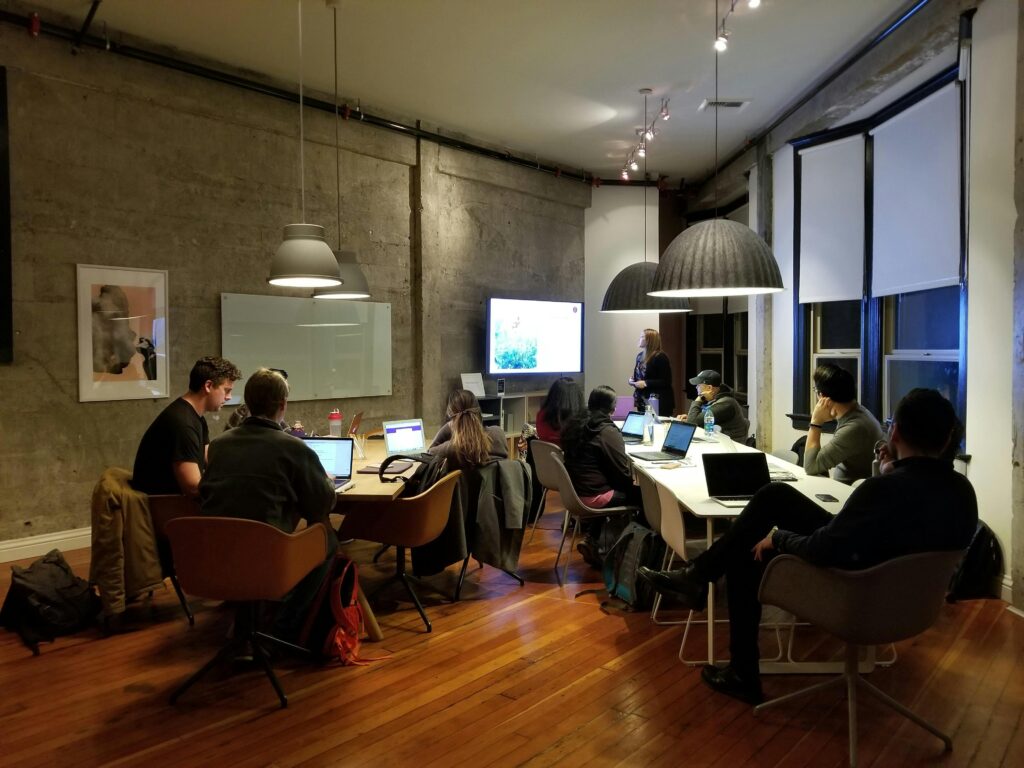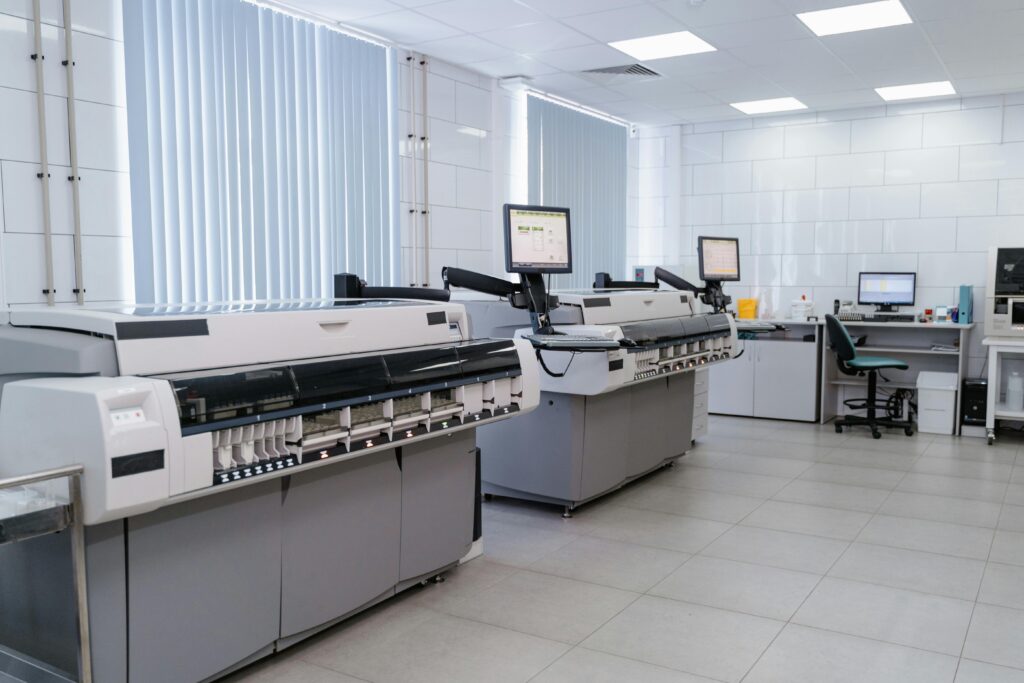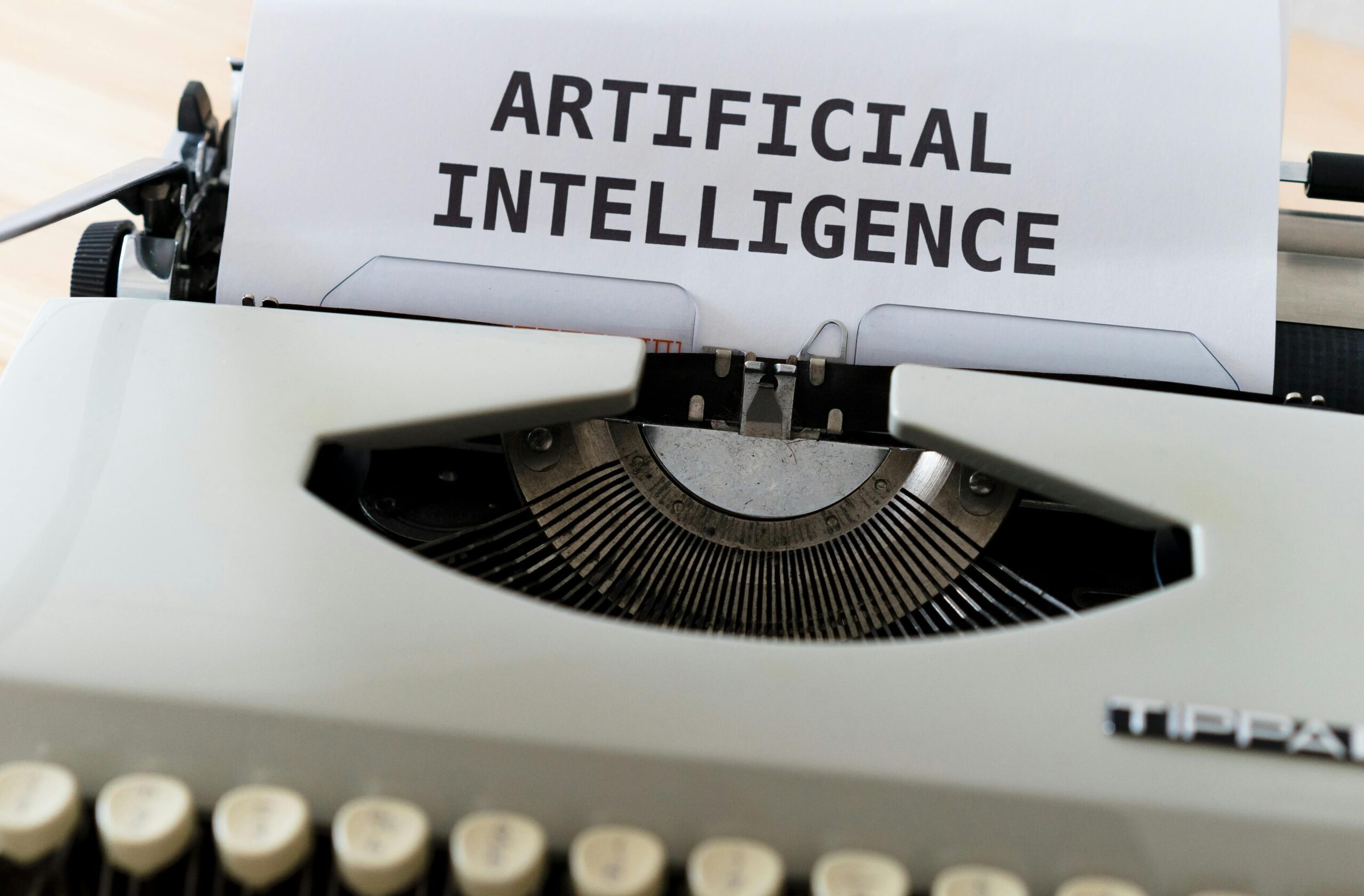The 2025 Design Automation Conference (DAC) was actually not just another industry event, but a milestone in the future of Electronic Design Automation (EDA). Siemens, an engineering and digital transformation company announcing an AI-first breakthrough: a series of AI-first EDA tools that can transform the way chips and electronic systems are being conceptualized, tested and delivered. My article give complete explanation about 2025 Design Automation Conference (DAC).
What are EDA Tools- and their importance
Modern electronics is the acquisition of EDAs. They enable the engineers to design, simulate and verify integrated circuits and complex system-on-chips (SoCs) with high levels of accuracy. Whether it is consumer goods electronics or autonomous cars or specialized medical technology, it begins with EDA.
Nevertheless, the conventional EDA processes have trouble keeping pace with the increasing complexity of semiconductor designs. This is where AI-enabled EDA found its niche in fact it helps in making cycle times shorter, more accurate and rather automated than ever imagined.

Siemens goes ahead: The importance of this news
At DAC 2025 in San Francisco Siemens Digital Industries Software launched its new AI-first platform of EDA under the Caliber and Questa product families, famous tools in verification and signoff. What the difference now? Siemens has incorporated the power of deep learning and generative AI throughout its toolchain.
The Major Conclusions of the Announcement of Siemens:
• Verification and Validation AI Driven
The novel AI algorithms used at Siemens can significantly improve the run time of the simulations, guessing the coverage of tests on the one hand and optimizing regressions sequences on the other hand. QuestaSim has moved to reinforcement learning to auto-generate corner cases, increasing verification coverage by an additional 30 percent.
• Automated Design debugging
Chip designs are a time-consuming process of debugging. The new AI debugger at Siemens takes advantage of historical databases of bugs, coming up with the most likely locations of bugs, saving manual debugging time by an order of magnitude or more.
• AI enabled Faster Physical Signoff
Caliber tools have already been taken advantage of by AI to detect DRC (Design Rule Check) hotspots before it happens, and the engineers have time to address the problem and keep the tape-out as short as possible.
• Natural Language Interfaces
The new platform implies conversational AI to provide engineers with the use of plain English queries to access logs, create reports, or automate processes that may benefit both a beginner and a veteran engineer, boosting their productivity.
At the heart of the Siemens strategy: AI-First, not AI-Added
Siemens made it clear that it was not about sprinkling AI over the current workflows. The tools are designed on the ground up thinking about AI. Such approach was described as AI-first which has enabled Siemens to redefine EDA processes so as to get a level of optimization that heuristic based systems could never achieve.
To mention just one example, rather than waiting until the end of the design process to run the power and thermal simulations, the AI-first tools offer real-time power estimates at the RTL (Register Transfer Level) coding phase. The early feedback will enable engineers to identify and fix power problems before they spill to costly redesigning.
Validating AI in EDA – An Industry Perspective and a Vision
Although the news announcement from Siemens was the most significant, it was also confirming a larger industry movement: EDA is being transformed through the rules in favor of an intelligent approach that uses data.
Industry Experts comments at DAC 2025:
Dr. Karen Li, CTO Silicon Valley Semiconductor Alliance:
The Siemens AI-first platform is a new standard. It is a development we are finally seeing EDA get in line with the AI revolution in other areas.”
Raj Mehra, NovaChips Lead ASIC Designer:
It was taking us days to do the regressions in simulation: now we can do that in hours. There is the game-changer AI-augmented verification flow.”
More than Speed and Automation
Although the time savings are quite essential, the after-ripple effects of the Siemens tools extend further:
• Enhancement of Design Quality
When it comes to predictive analytics, problems that can occur in the production process can be anticipated and address before they occur, eventually resulting in more reliable chips.
Design Cost – low
With fewer bugs and revisions there would be less expenditure in development accumulated mainly on the savings in development costs on startups and smaller fabless design houses.
• Talent Enablement
Younger engineers can now accomplish tasks that would be difficult to do without extensive domain expertise, keywords in the form of conversational interface and intelligent recommendations.
Sustainability Impact
Efficiencies in simulation and testing lower the compute cluster electricity usage, which is in line with green chip initiatives eclipsing the world over.
It Is Getting Hot out there in the Competition: Where Does Siemens Rank?
However, Siemens does not fight alone in the AI EDA game. Cadence and Synopsys have done the same in recent years although the platform which Siemens offers is unique because of:
End-to-End Integration
The AI-first platform connects all the stages of the flow by a shared data model and inference engine, beginning from RTL and extending through GDSII.

Open Ecosystem Approach
Siemens provides open APIs to third-party AI models and design tools to allow innovation and increased adoption.
• Cloud-Native Architecture
The new tools are hybrid deployment-ready on-perm, works in the midst of private cloud or cloud, offers scaling compute resources with minimum arrangement.
Roadmap and Availability
As of now (at the end of April 2023), the AI-first EDA suite is in beta with a few customers and is scheduled to be generally available in Q4 2025, as Siemens describes in their press release. First will be AI-based verification and design-optimization modules, then improvements in layout, synthesis and analog simulation.
The early adopters are major automotive, aerospace and mobile chip players.
Challenges Ahead
As the reaction to the AI EDA tools of Siemens has been significantly positive, nevertheless there is still a number of concerns:
Model Transparency
What causes AI to draw some conclusions? Design teams have to be confident about automation using traceability.
• Privacy of data
AI models that run on proprietary IP should be well-guarded to avoid leakage or misuse.
• Change management
Teams that have been using legacy flows are not ready to change and adapt to AI-based techniques, especially without professional training and assistance.
Siemens has addressed such concerns and promises to introduce sturdy documentation, features of explainable AI and user education initiatives.
Finale: One Big Leap to the Future of Electronics
The Final result of my article about this topic is that the introduction of AI-first EDA, by Siemens at the 2025 Design Automation Conference, is a seminal event at the end of the semiconductor industry. With chips getting more complex and pressures on time to market increasing, the demand of intelligent, flexible systems to help design them is not a luxury, it is a necessity.
Combining the three trends of deep learning, automation, and user-centric design into its EDA tools, Siemens has raised a bar on the opportunities of the world of electronic design.
(The article you may like)
The Blueprint of Future AI: 5 Trends to the Forefront
Bird AI: One-stop Platform in terms of Customer Support-related Automation


2 thoughts on “Siemens at 2025 Design Automation Conference (DAC): The Future of Electronic Design: An AI-First EDA”